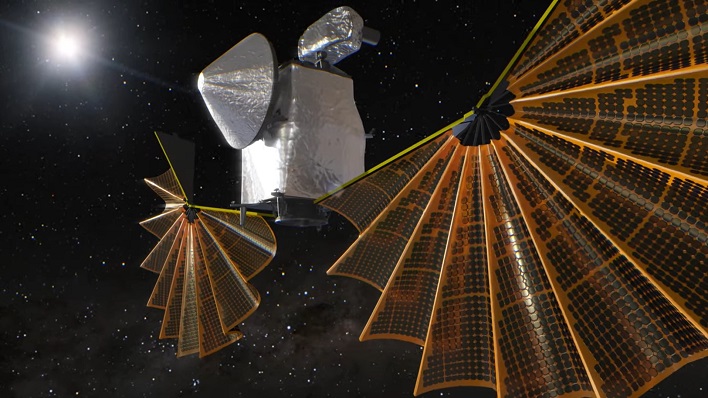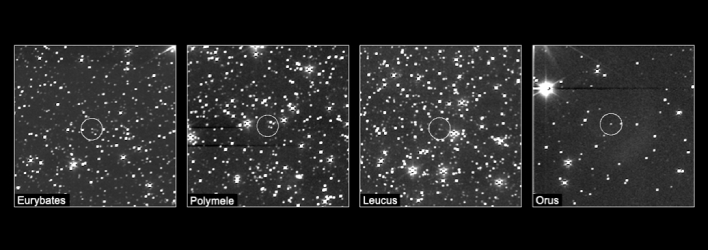NASA's Lucy Mission Snaps First Photos Of A Mystifying Trojan Asteroid Swarm

Most of Lucy's target asteroids, called "Trojans" after characters from Greek mythology, are left over from the solar system's formation. The asteroids circle the Sun in two swarms: one that comes before and one that follows Jupiter in its orbit of the Sun. According to NASA, the spacecraft will be the first to visit the Trojans and examine so many independent solar system targets.

Each target was also observed for different periods of time-based on their rotation periods:
- Eurybates: 6.5 hours
- Polymele: about 2.5 hours
- Leucus: 2 hours
- Orus: 10 hours
The images shared by NASA are the first in a series of planned observations. The observations aim to measure how the Trojan asteroids reflect light at higher angles than observable from here on Earth. The data will help the team choose future exposure times for Lucy's close-up observations.
The spacecraft is scheduled to fly by the asteroids in 2027 and 2028. Currently, Lucy is only just over a year into its 12-year voyage that will include observations of nine of Jupiter's Trojans.
"When we look back on the solar system and our place here on Earth, people often ask, 'What is our history? How did we get here?'" Cathy Olkin, Lucy's deputy principal investigator remarked. "Lucy is going to try to help answer some of these questions."

